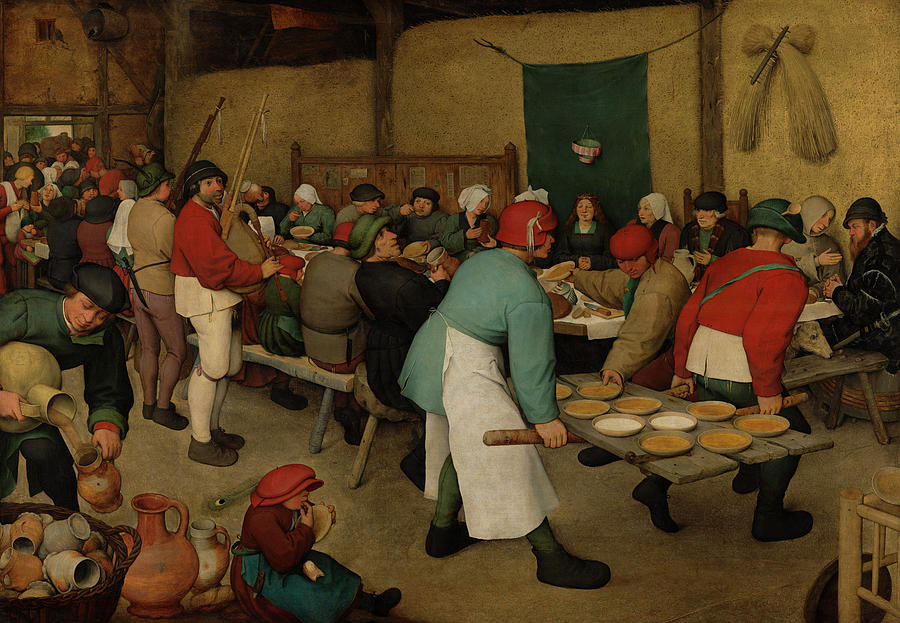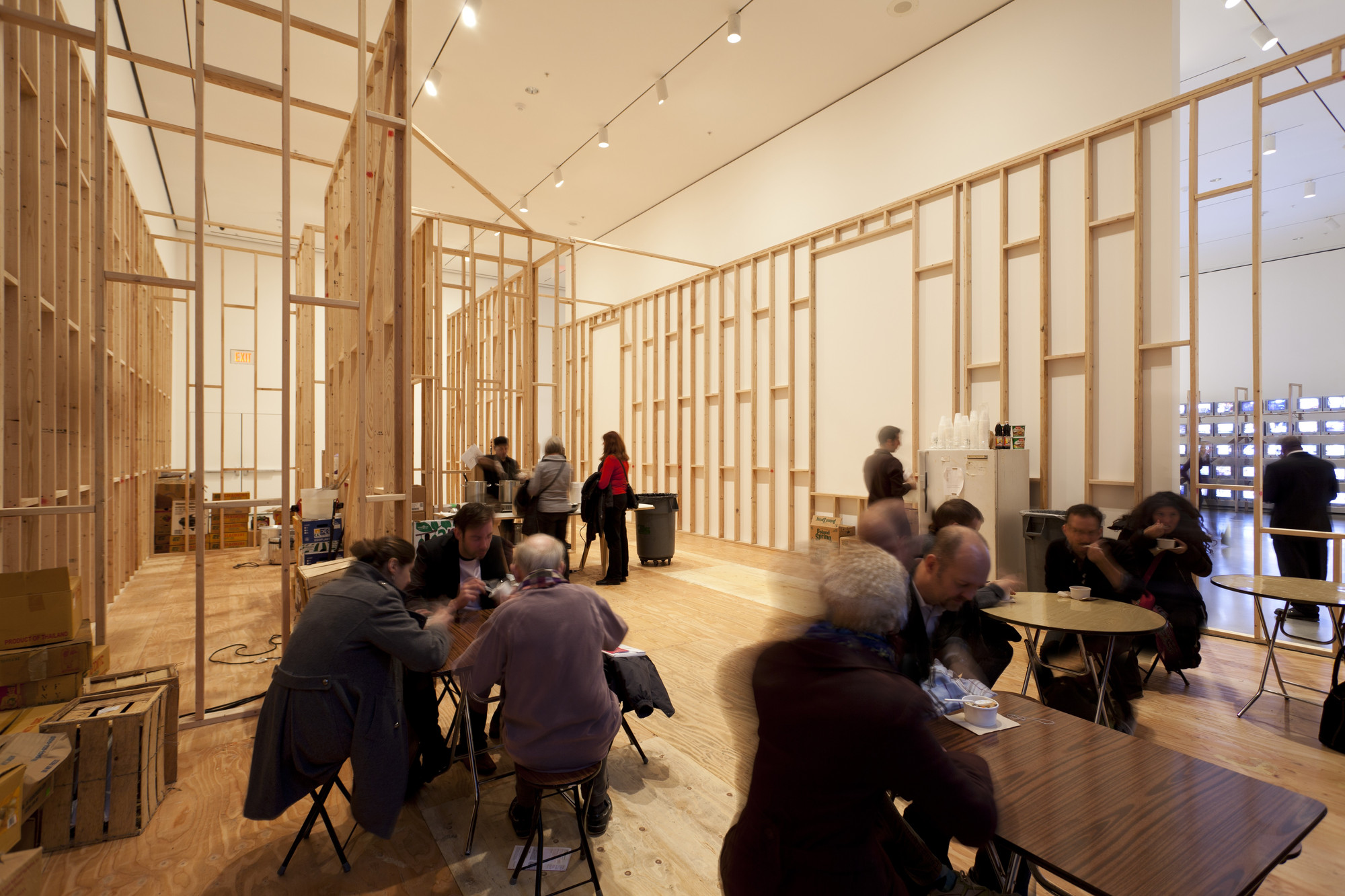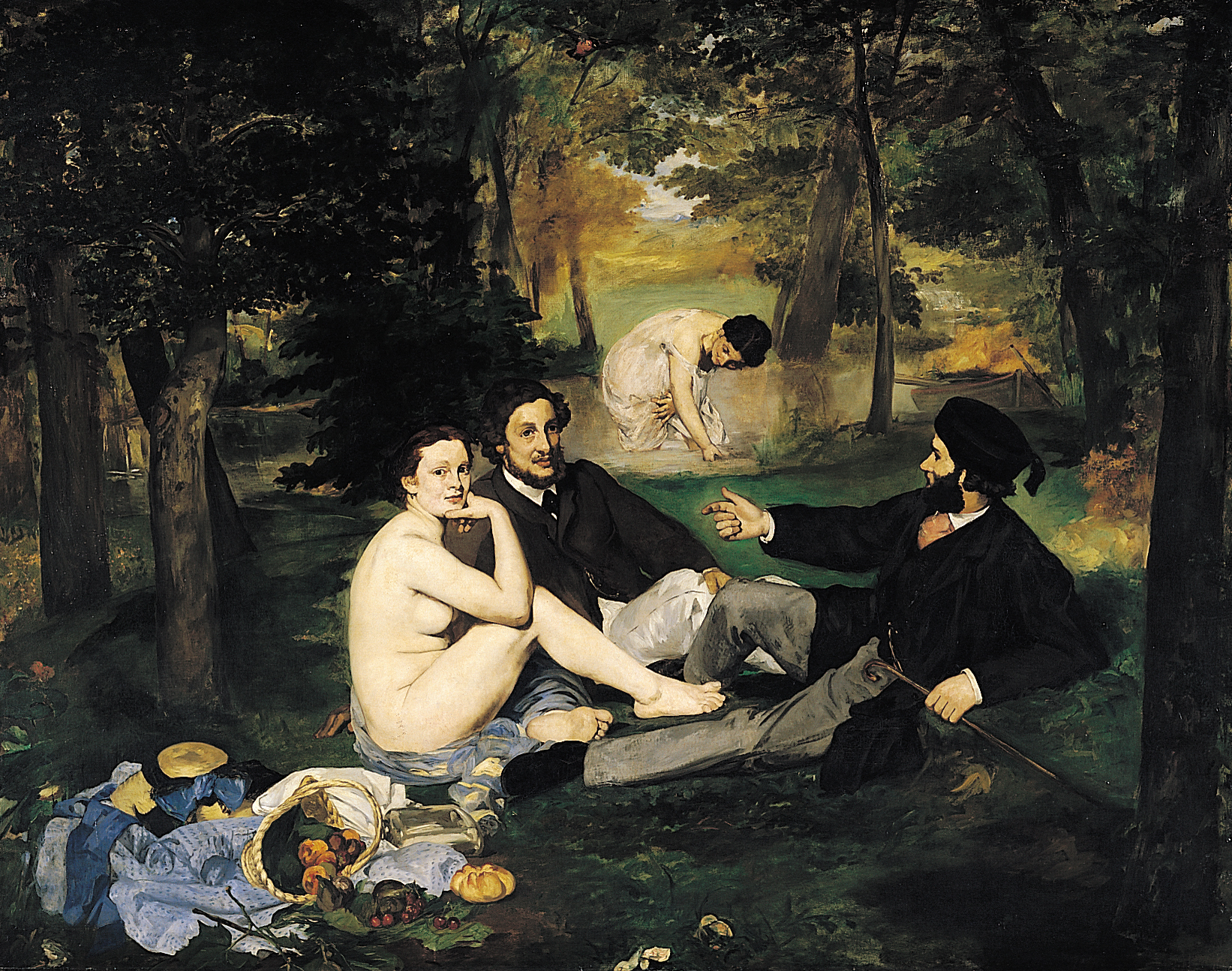The Potato in Fine Art
Do you prefer your potatoes in a landscape or in a still life or in a stew? Come with me on a tour of the humble potato in art.
Candy Bedworth 16 October 2024
Socrates said that “We eat to live, not live to eat” (although his wife must have thought differently since according to legend she was terribly fat). Even if “To be, or not to be” can be the question, “To eat, or not to eat” has only one answer: EAT. Welcome to the feast (in art)!

Sandro Botticelli illustrated a story from Boccaccio’s Decameron about Nastaggio and his unrequited love. When heartbroken Nastaggio goes for a walk into the forest, he witnesses a horrendous scene in which a girl who has rejected her lover is chased by him. Nastaggio decides to organize a banquet for his crush in the same forest. When his unrequited love sees what happens to the chased girl, as she eventually is eaten by hunt dogs, she instantly changes her mind about Nastaggio. How romantic…






This is probably the most famous and iconic feast in art! For us, this fresco is just a starter. Unfortunately, so many hungry people want to see this fresco that it fades away because impatient Leonardo da Vinci used a different technique than traditional: he would apply new layers of paint before the previous ones had been sufficiently dried. This resulted in an image that began fading already in Leonardo’s time and required restoration multiple times. Leonardo must have been hungry while painting this scene; what else could have possibly rushed him so much?

Vincent van Gogh lived in a small mining village for a while. He often went to the miners to practice his drawing, who would pose for him for a little fee. Here, he tried to depict a simple mining family gathered together after a hard day at work to eat potatoes for dinner, as they had nothing else. Van Gogh used earthy browns and greens to show the peasants’ connection to the earth and the potatoes they had dug up themselves. Look at their hands and faces – these are truly hardworking people.






Pieter Bruegel also depicts peasants, yet here they are cheerfully celebrating a newly married couple (spot the bride sitting under a paper crown which looks like a lantern- the groom is not present according to the old Flemish tradition). They don’t have much: soup, porridge, and bread, but it seems enough to have fun.






Before Diego Velázquez became the first painter to the Spanish King Philip IV, he often depicted simple people in daily situations. Here, he dedicated an entire painting to a woman, who looks like she is blind, frying eggs. Is the boy her grandson, or a small thief trying to steal her bottle of oil and a pumpkin? We don’t know. But we can admire the masterful rendering of the play of light on different surfaces: glass, brass, ceramic, and textile.
This specific painting belongs to the Spanish genre of bodegón – you can read more about it here!






The act of eating can be an artwork in itself as Rirkrit Tiravanija intended to prove with his conceptual work untitled (free/still) from 1991. He decided to cook a free Thai vegetable curry for the visitors of the 303 Gallery in New York. Everyone would get a portion and eat it together with others, often sharing a table with strangers. Tiravanija wanted the visitors to socialize in the gallery space, which in turn would become cozier, and to bring art closer to the people. Making new friends and sharing a meal can be art, yay!
Here you can see a short movie posted by MoMA about Tiravanija’s artistic project:






A naked lady wouldn’t normally shock a 19th-century gentleman if she looked like Venus or was called Danae. But a naked lady who looked like a contemporary French courtesan, who moreover sat in the company of clad men, was simply outrageous. In addition, she looked directly at the viewer, as if challenging him and saying: “Hey, you hypocrite, don’t you think that you’re like one of these guys next to me who treat women like objects?” That was too much for the French Salon. The painting was rejected.
DailyArt Magazine needs your support. Every contribution, however big or small, is very valuable for our future. Thanks to it, we will be able to sustain and grow the Magazine. Thank you for your help!